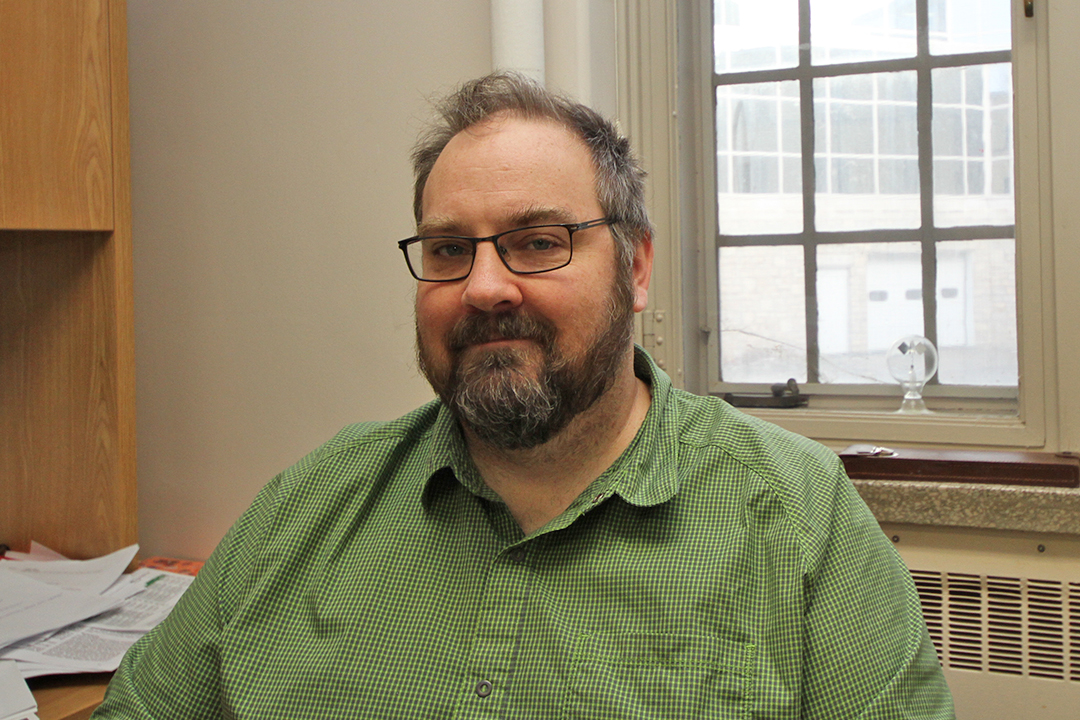
Climate change course tackles global implications
A class in the College of Arts and Science is exploring the physical, economic, political and social aspects of one of the world’s most pressing issues—climate change.
By Lesley PorterGlobal Climate Change, taught by Krys Chutko in geography and planning, covers climate modelling, natural and human-induced changes, and its potential impact on humans (and vice versa) on a macro scale.
“The climate system is definitely global,” he said. “If you do anything to any part of it, it’s going to impact it on a global level.”
An example of this is Canada’s Arctic. Despite its sparse human population, the area is feeling the effects of global warming due to polar amplification—a phenomenon in which polar regions tend to experience a greater extent of change more quickly, explained Chutko. On average, he said, the changes occur at about twice the rate of southern counterparts.
“You go far north, and temperatures are warming more and precipitation patterns are changing,” said Chutko. “Because it’s a dominantly cold environment, you start to see those changes more.”
With the rise in temperature comes a loss of snow, he explained, and an increase in the amount of the sun’s radiation absorbed by the land. This drives up the temperature further, which subsequently means less snow.
“It just starts to amplify,” he said.
The warmth is also causing a change in precipitation patterns, affecting wildlife that have spent thousands of years adapting to live in the harsh environment.
“If there’s rain falling on the snow, you get ice,” he said. “Animals in that region are designed to dig through snow—they can’t dig through ice. So you’re seeing herds of caribou and muskox dying of starvation because they can’t access their food.”
The inconsistency in precipitation is another facet to be explored in the class. While temperatures are climbing, precipitation—once a reliable, predictable indicator of the environment—has become spatially and temporally variable.
“This is something that the Inuit people talk about all the time. They’re used to cold weather conditions and rely heavily on it, and they’ve lost their ability to predict because it’s so variable now,” he said. “I think that’s one of the biggest things we’re seeing, especially in northern communities, and that comes with a cost.”
The new class will also annotate between human and natural changes in the environment. Chutko’s own research interests lie within natural processes such as the carbon cycle changes which take a very long time to happen.
“Think along the scales of ice ages,” he said, “whereas human changes are very fast and are superimposed on top of these natural changes. They kind of blend together and it’s hard to separate the two. I suppose that is one of the sources of a lot of confusion around climate change.”
This leads to climate modelling, prediction and measuring—something that can be challenging.
“To measure climate change you have to measure on a 30-year time scale,” he explained. “And humans are impatient. We don’t want to have to wait for that information to come. We look out the window and say, ‘Oh, it’s snowing today, how can global warming exist?’ That’s not climate change—that’s daily weather. It changes every day.”

